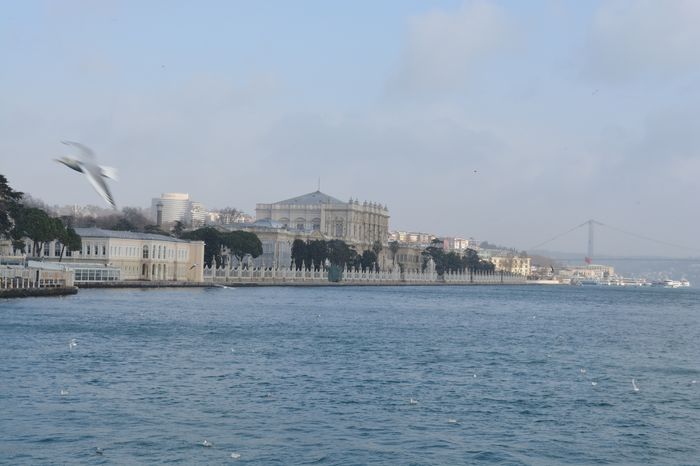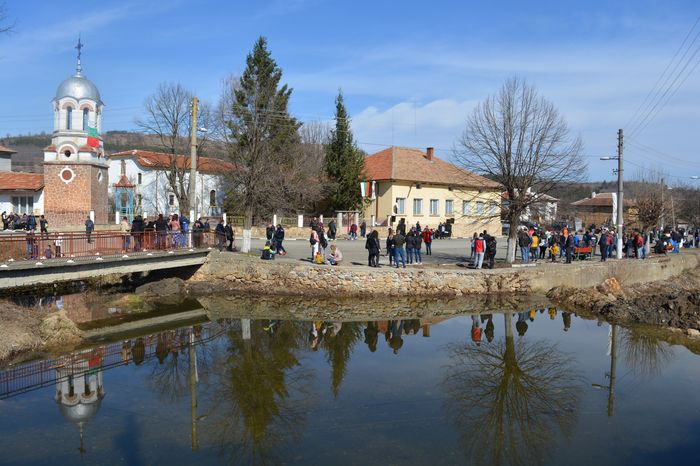The colouring has faded very much since the monument was unearthed. It is generally called Alexander’s sarcophagus, but it has not been possible as yet to decide whose remains it contained. Some aver that it enclosed the corpse of a Persian satrap who, after fighting hard for his country, at last deserted and went over to the Macedonian conqueror, who admitted him to his intimacy. One thing, however, is certain, namely, that this, which is one of the most important remaining monuments of Greek antiquity, is the work of an artist contemporary with Lysippus, who flourished towards the end of the fourth century B.c.
This sarcophagus, which is unique both as regards style and preservation, is modelled to represent an elongated Greek temple, with its friezes, pediments, etc.
Greeks and Persians
South Side.—The sculptures on this side represent a cavalry engagement between the Greeks and Persians at the battle of Issus, or Arbela. The Greeks are either nude, save for a light chlamys, or else are clad in armour, and wear variously the helmet and the Macedonian cap; while the Persians are dressed in trunk-hose and tunics with a short tight-sleeved cloak hung from the neck down their backs. The Greek horses are ridden barebacked with only a bit and bridle, and an occasional breast- band ; the Persian chargers, on the other hand, are richly caparisoned. The figures, at first sight, appear somewhat confusedly arranged, but a closer inspection reveals five distinct and symmetrical groups. The central one is formed of four figures—a Greek horseman ; a barbarian kneeling and holding his arms up as if asking quarter; a barbarian archer likewise on his knees ; and another towards the left, standing.
The two other groups, one on each side of the central one, are each composed of two figures; that on the right represents a hand-to-hand encounter between a Persian horseman and a Greek foot-soldier, and that on the left a combat between a Greek and Persian foot-soldier. Of the two remaining groups that on the left is of a Greek horseman with couched lance, charging a Persian who is struggling to get clear of his fallen charger; that towards the right is of a Persian horseman receiving a lance-thrust from a mounted Greek general, and, with hands still clutching the reins, falling into the arms of his attendant shield-bearer. On the ground are five symmetrically arranged figures of killed or wounded men.
Head.—The carvings here represent an incident of warfare, and are, like those just described, noted for their symmetrical grouping. In the centre is a Persian horseman about to spear a wounded Greek lying on the ground, and covering himself with his buckler; to the right and left, respectively, is a single – handed combat between a Greek and a Persian.









